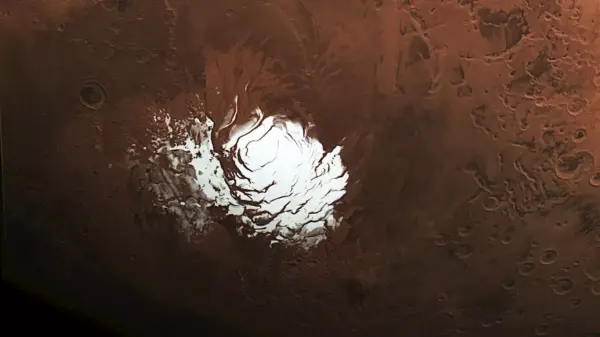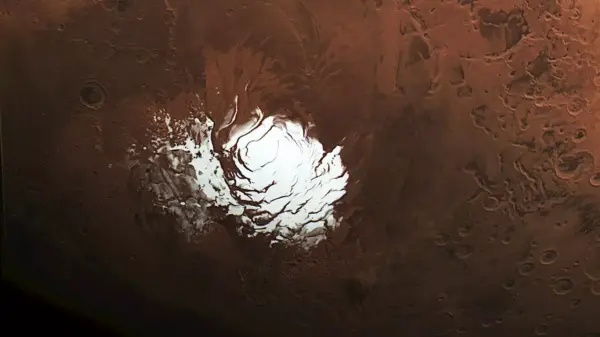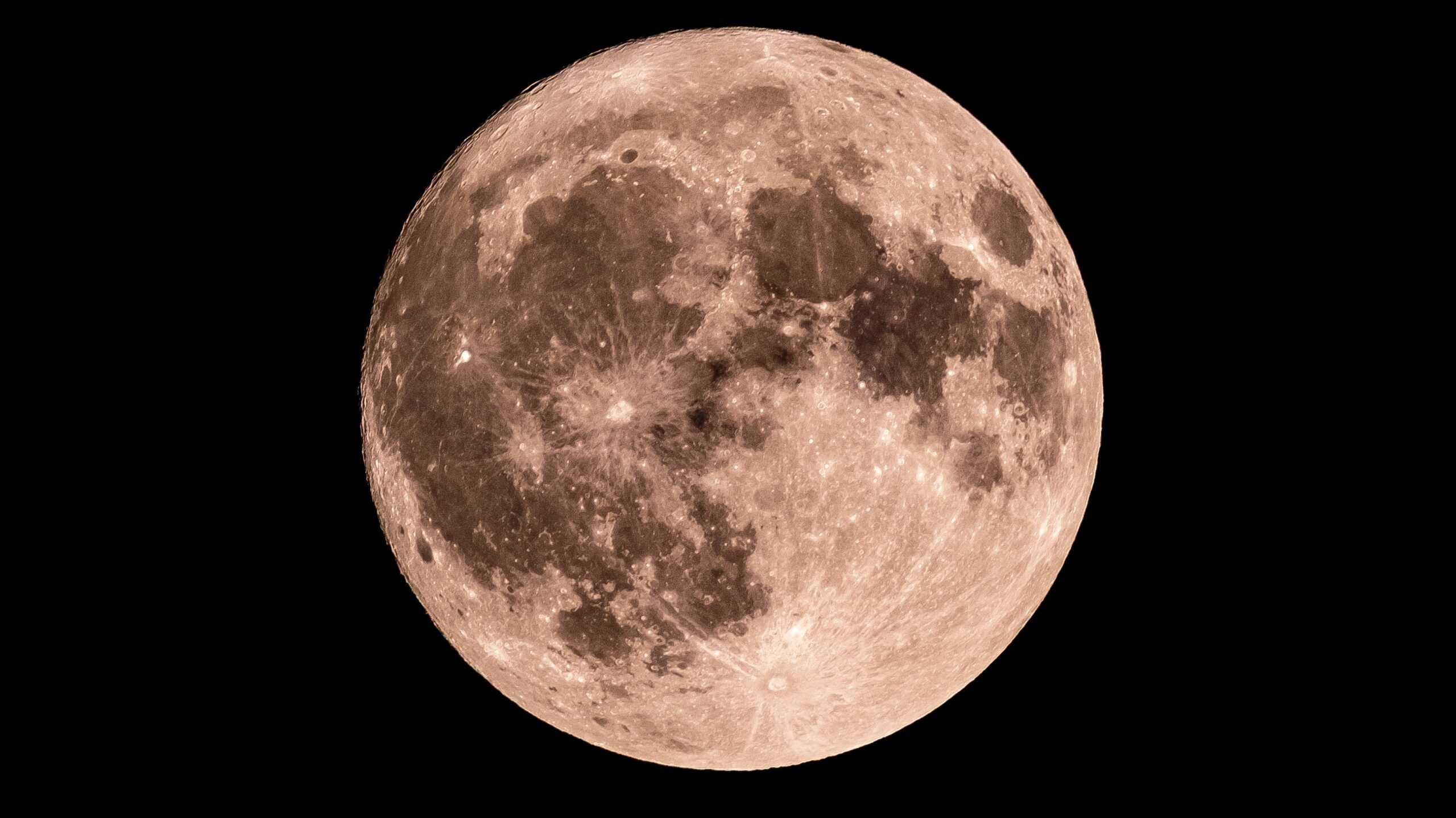As of September 6, 2025, skywatchers can look forward to a bright and prominent Waxing Gibbous Moon, which will be approximately 98% illuminated. This phase occurs as part of the lunar cycle, a series of eight distinct phases that take place over about 29.5 days, according to NASA. The moon’s visibility changes due to its orbit around Earth and the varying angles of sunlight that illuminate its surface.
The Waxing Gibbous phase is an excellent opportunity for lunar observation. Tonight, the Moon will be particularly bright and easily visible from Earth. Observers can spot several notable features with the naked eye, including the Mare Imbrium, Mare Vaporum, and Mare Fecunditatis. For those with binoculars, the Grimaldi Basin and Gassendi Crater offer stunning views, while a telescope will reveal more intricate details, including the landing sites of Apollo 14 and Apollo 17 and the prominent Rupes Altai ridge.
Understanding Moon Phases
Moon phases are a result of the lunar cycle, where the angles between the Sun, Earth, and Moon shift, altering how we perceive the Moon’s surface. This cycle involves eight main phases:
– **New Moon**: The Moon is positioned between the Earth and the Sun, resulting in a dark appearance.
– **Waxing Crescent**: A small crescent of light begins to appear.
– **First Quarter**: Half of the Moon is illuminated, resembling a half-moon.
– **Waxing Gibbous**: More than half is lit, but it is not yet full.
– **Full Moon**: The entire face of the Moon is illuminated.
– **Waning Gibbous**: The Moon starts to lose light on the right side.
– **Last Quarter**: The left half of the Moon is lit, resembling a half-moon again.
– **Waning Crescent**: A thin crescent remains on the left before it goes dark again.
The next full moon will occur on September 7, 2025, following the full moon that took place on August 9, 2025. This continuous cycle of phases not only captivates astronomers but also influences cultural and natural phenomena on Earth.
Whether you are an experienced astronomer or a casual observer, tonight’s Waxing Gibbous Moon presents a perfect opportunity to explore the wonders of our celestial neighbor. With favorable visibility, this phase offers a splendid chance to engage with the night sky and appreciate the intricate beauty of the Moon.




































































